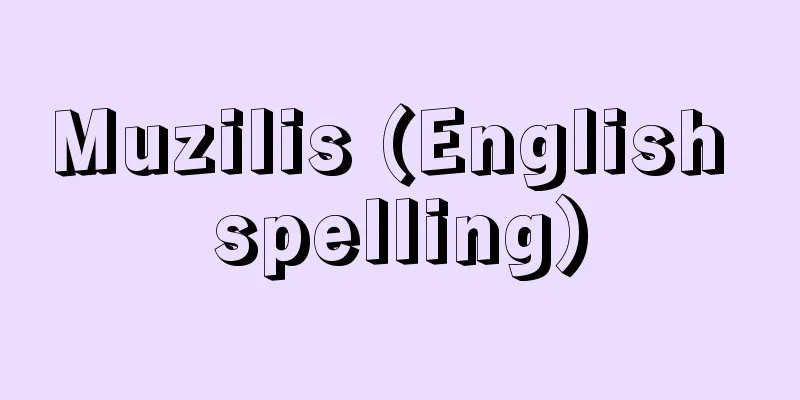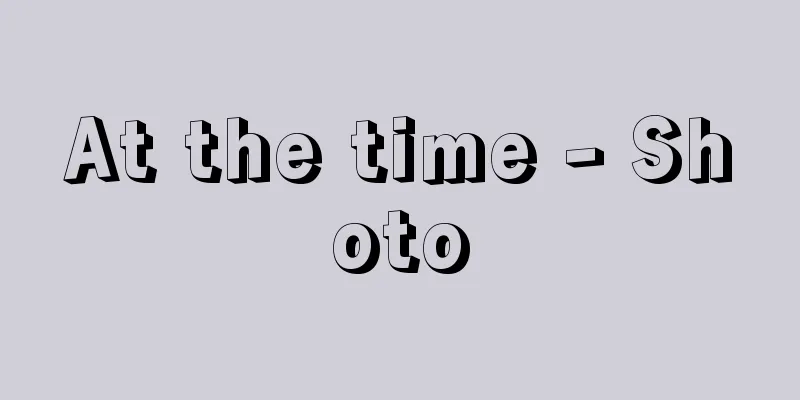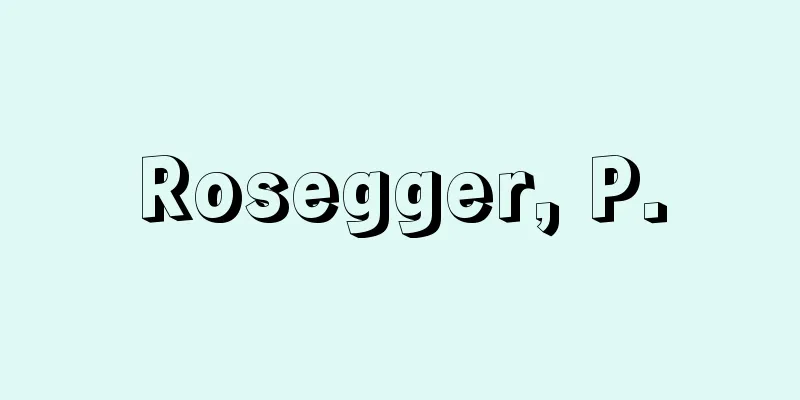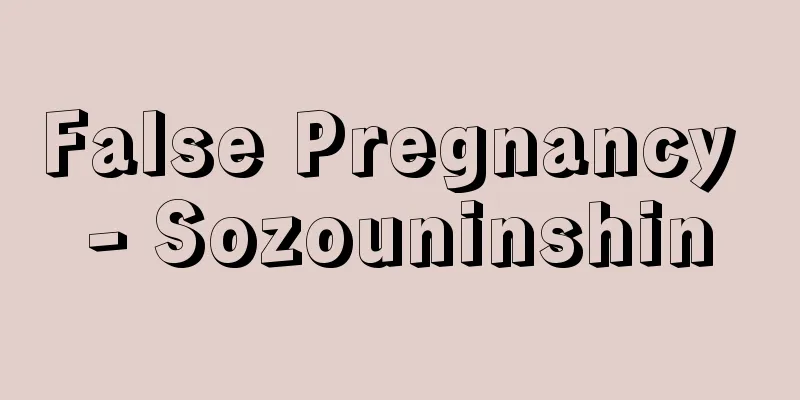Work-related inventions

|
An invention made by researchers or employees of a company, university, national government, or local government within the scope of their duties. Inventions that are within the scope of their duties but are not related to their duties are called "service inventions," and inventions that are not related to either their duties or duties are called "free inventions." For example, if a researcher at a mobile device manufacturer develops a revolutionary new device, it would be considered a service invention, but if an employee in the sales department of a mobile device manufacturer develops a new device unrelated to their regular work, it would be considered a service invention. Also, if an employee of a mobile device manufacturer develops a revolutionary cooker unrelated to their duties or work, it would be considered a free invention. Under Japan's patent law, since April 2016, if the company's internal regulations or contracts specify in advance, the patent for an invention made during employment belongs to the employer (company, etc.) that provided the inventor (researcher, employee) with a salary, research funds, research facilities, etc. Inventors are entitled to "reasonable benefits" such as money, promotion, special leave, study abroad, and stock options (rights to purchase stocks), and the details must be decided appropriately through labor-management negotiations. In Japan, originally, patents for inventions made during employment belonged to the inventor, and employers obtained patent rights by paying the inventor "reasonable remuneration." However, because the standard for "reasonable remuneration" was vague, since 2000, there have been a series of disputes between inventors and companies, including the dispute with Nichia Chemical Industries (Anan City, Tokushima Prefecture), where Shuji Nakamura, a Nobel Prize winner in physics for developing blue light-emitting diodes, was employed (settled in 2005 for a payment of approximately 608 million yen), the dispute with Olympus Optical Co., Ltd. (now Olympus) over optical pickup devices (settled in 2003 for approximately 2.3 million yen), the dispute with Ajinomoto over artificial sweeteners (settled in 2004 for approximately 150 million yen), and the dispute with Hitachi, Ltd. over optical disk reading technology (settled in 2006 for approximately 163 million yen). For this reason, the Japan Business Federation (Keidanren) requested that the Patent Law be revised so that patents for inventions made in the course of employment belong to the employer, citing that this would hinder innovation, and the second Abe Shinzo Cabinet revised the Patent Law. Under the revised law, patents for inventions made in the course of employment belong to the employer if it is specified in advance, but if not, they will belong to the inventor as before. Overseas, the United States, Germany, South Korea and other countries stipulate that patent rights for inventions made in the course of employment belong to the inventor, while the United Kingdom, France, Russia, China and other countries state that they belong to the company. [Takeshi Yano August 21, 2017] [References] |Source: Shogakukan Encyclopedia Nipponica About Encyclopedia Nipponica Information | Legend |
|
企業、大学、国、地方公共団体などに勤める研究者や従業員が、その業務の範囲内で職務上行った発明のこと。業務範囲に入るものの、職務には関係ない発明は「業務発明」、業務にも職務にも関係ない発明は「自由発明」とよぶ。たとえば携帯端末メーカーの研究者が画期的な新型端末を開発した場合は職務発明に該当するが、携帯端末メーカーの販売部門の従業員が本来の仕事と関係なく新型端末を開発した場合は、業務発明となる。また携帯端末メーカーの従業員が、業務や職務と関係なく、画期的な調理器を開発した場合は自由発明にあたる。日本の特許法では、2016年(平成28)4月以降、事前に社内規定や契約などで定めれば、職務発明の特許は、発明者(研究者、従業員)に給与・研究費・研究設備などを供与した使用者(企業等)に帰属することになった。発明者は金銭のほか昇進・昇格、特別休暇、留学、ストックオプション(株式購入権)といった「相当の利益」を得る権利があり、内容は労使協議などで適正に決めなければならない。 日本では、もともと職務発明の特許は発明者に帰属し、使用者は「相当の対価」を発明者に払うことで特許権を得ていた。しかし「相当の対価」の基準が曖昧(あいまい)なため、2000年以降、青色発光ダイオード開発をめぐってノーベル物理学賞を受けた中村修二が在職した日亜化学工業(徳島県阿南(あなん)市)と争った(2005年に約6億0800万円の支払いで和解)ほか、光学式ピックアップ装置をめぐるオリンパス光学工業(現、オリンパス)との係争(2003年に約230万円で和解)、人工甘味料をめぐる味の素との係争(2004年に約1億5000万円で和解)、光ディスク読取技術をめぐる日立製作所との係争(2006年に約1億6300万円で和解)など発明者と企業との係争が相次いだ。このため日本経団連はイノベーションが阻害されるとして、職務発明の特許は使用者に帰属する形で特許法を見直すよう要請、第二次安倍晋三(あべしんぞう)内閣が特許法を改正した。改正法では、事前に定めれば職務発明の特許は使用者に帰属するが、定めのない場合は従来どおり発明者に帰属する。なお海外ではアメリカ、ドイツ、韓国などが職務発明の特許権は発明者に帰属すると規定しているが、イギリス、フランス、ロシア、中国などは企業に帰属するとしている。 [矢野 武 2017年8月21日] [参照項目] |出典 小学館 日本大百科全書(ニッポニカ)日本大百科全書(ニッポニカ)について 情報 | 凡例 |
<<: Job analysis - Job analysis
>>: Police questioning - Shokumushitsumon
Recommend
Gargiulo, D.
… Naples also produced pioneering painters and wo...
run-of-mine ore
…In other words, in the broad sense, ore dressing...
Yoshitaka Kuki
Year of death: October 12, 1600 (November 17, 1600...
Aglaonema pictum - Aglaonema pictum
...Aglaonema nitidum Kunth, which is slightly lar...
Palm tree
An evergreen shrub of the palm family native to so...
Aizu Takada [town] - Aizu Takada
An old town in Onuma District, western Fukushima P...
Effigy Mound Culture
...Some evidence indicates the existence of long-...
Collegio (English spelling)
One of the higher education facilities of the Cath...
Princess Uri
A folktale. One of the unusual birth stories, the...
Alliance - Gasshorenko
China's foreign policy during the Warring Sta...
《Versuche über Pflanzenhybriden》 (English notation)VersucheuberPflanzenhybriden
…While he was director, he campaigned against hea...
Sado Island
It is Japan's largest island, located in the ...
Goryeo Map Book - Goryeo Map Book
This is a record of the experiences of Goryeo wri...
Constantan
A solid solution alloy based on 50% copper and 50%...
Kanayagogami
A god worshipped by blacksmiths, foundries, metal...









